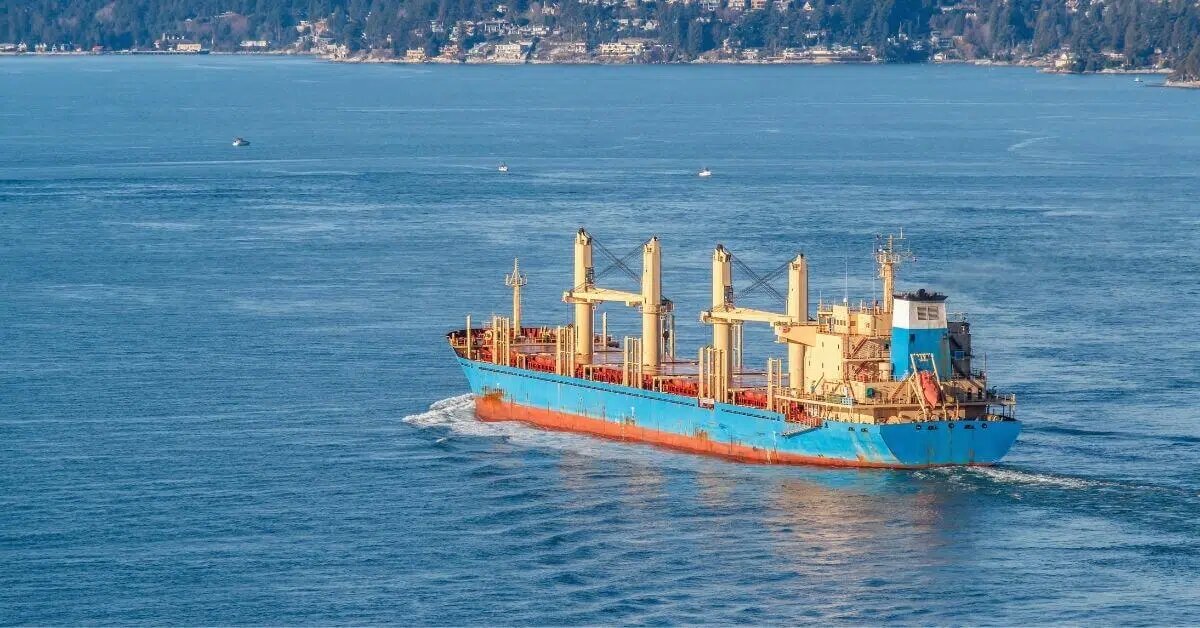The huge fall in the cost of energy from offshore wind in the last decade could be about to go into reverse in the short term, but the long-term prospects for the sector remain bright
So said Aegir Insights managing director Scott Urquhart, in the opening session at the 2022 Offshore Wind Journal Conference, which is taking place today (14 June 2022) in London.
“Falling costs, giga-scale deployment and low risk have made offshore wind the energy technology of choice for many governments around the world,” Mr Urquhart told delegates.
“The offshore wind sector has really, really succeeded in achieving substantial cost reduction in the last decade. Depending on which numbers you look at, it’s in the order of 70% over the last 10 years.
“But in the near term, it looks like there is actually too much pressure on the supply chain. With the inflation we have seen in 2021 and this year, there are certainly signals that in the near term the price outlook could be an increase,” he explained.
However, Mr Urquhart does not expect any near-term price increase to dent offshore wind’s prospects. “If you look at the fundamentals, offshore wind is still a relatively young industry,” he explained. “We’re much less mature than the onshore wind industry or solar, so even now there is quite a way to go with the learning curve and benefits that will flow from that.
“If you look at the turbine space, for instance, the offshore sector in Europe is really a three-turbine industry, excluding China. There is already price pressure on European turbine manufacturers, and there could be even more from several Chinese OEMs that are looking to enter the market in Europe.”
Despite near-term concern about inflation and rising prices, if you look at offshore wind in a five-, 10- or 15-year timeframe, Mr Urquhart said, the industry is going to see further improvements in cost, compared with other renewable technology. “That’s why it has become a preferred asset class for governments,” he told delegates.
Such is the large scale of offshore wind projects, windfarms’ growing lifetimes – up from 20-25 years in 2015 to in excess of 35 years by the end of the decade – and continued decline in project contingency – to levels well below those of other comparable industries – offshore wind will remain a favoured energy asset for governments looking for large-scale, rapid energy transition. “That’s why it is spreading around the world so quickly,” said Aegir Insights’ managing director.
Looking at how international expansion is going to continue, Mr Urquhart said three potential trends are emerging. The first is option value, and how long companies will continue holding a lease if they are not certain of the route to market. “The evidence today is that people are really impatient with their money,” he said.
“The second is system integration, with technology such as storage and hydrogen becoming increasingly important. And the last takes us back to inflation and the direction of interest rates.
“Offshore wind has very long timelines, and it will be interesting to see if companies are willing to make substantial developments or invest large sums in lease auctions, and hold onto leases for a long time, before they actually have any revenue generation from them. These are the trends that are going to drive the next wave of international market-hunting in the industry.”






